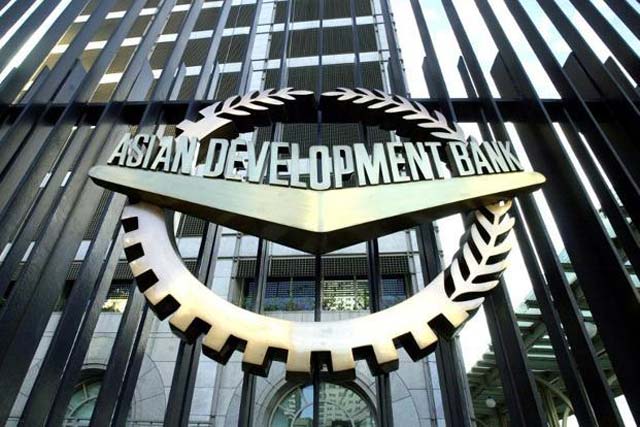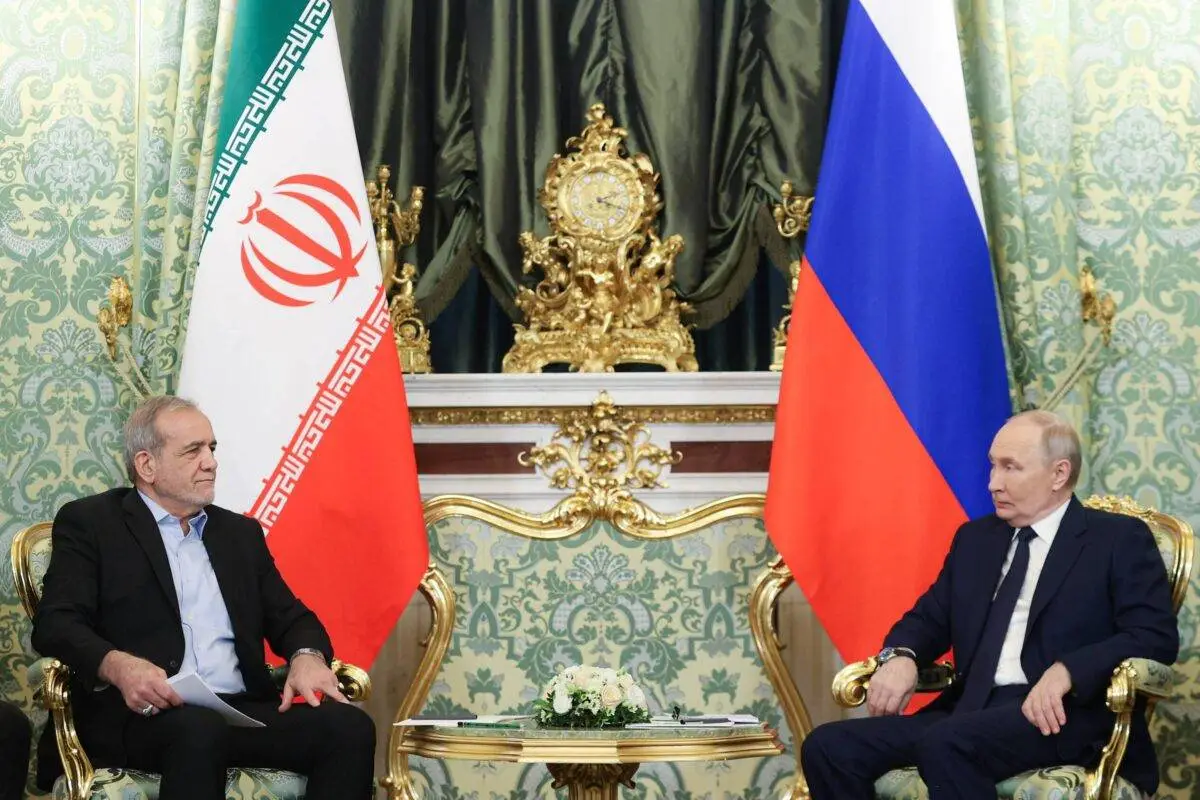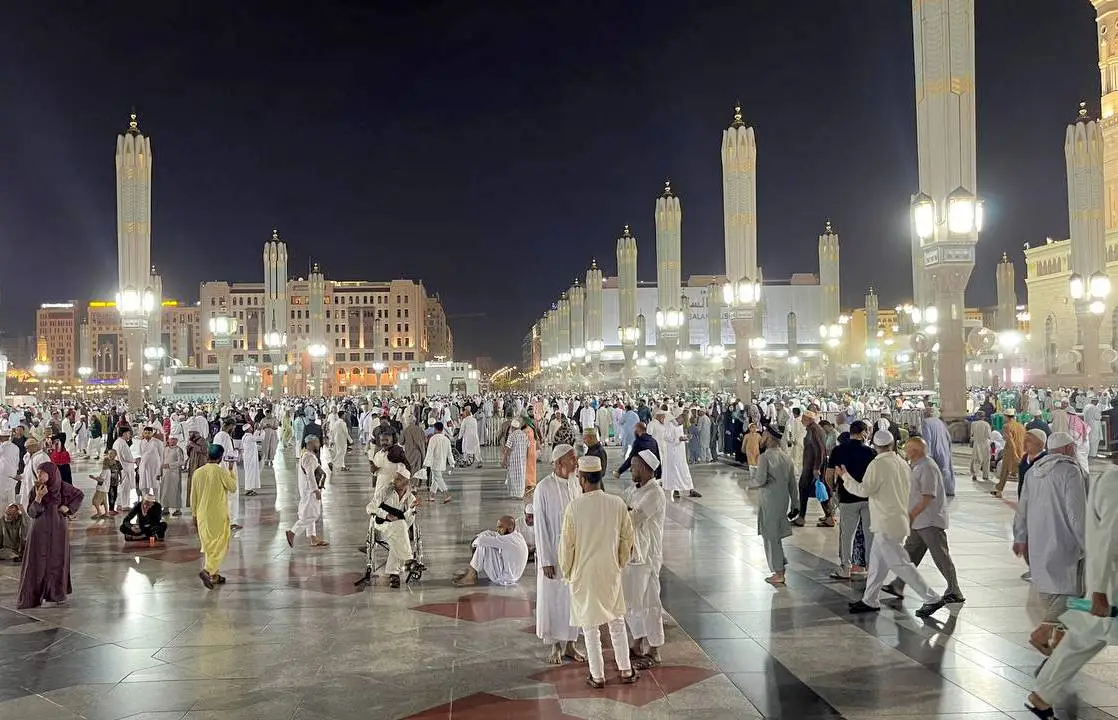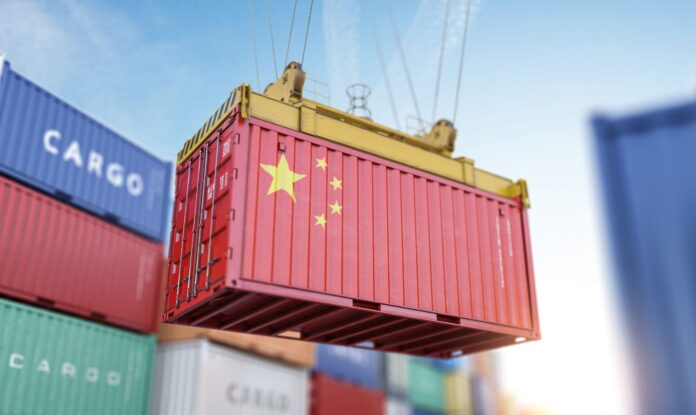As the global economy continues to evolve, Pakistan’s growth forecast has become a focal point for analysts and policymakers alike. The Asian Development Bank (ADB) recently predicted that Pakistan’s economy would grow at a rate of 2.5% in 2025, with an increase to 3% in 2026. This outlook comes during a period marked by economic challenges and uncertainties, prompting various stakeholders to scrutinize the underlying factors that could influence these projections.
The ADB’s projection is significant, considering the backdrop of a struggling economy, characterized by high inflation rates, fiscal deficits, and a depreciating currency. Economic experts have noted that, while the figures may seem modest, they indicate a potential stabilization and gradual recovery for the country.
The ADB’s forecast suggests a potential stabilization and gradual recovery amid Pakistan’s economic struggles.
“These growth rates, though lower than some neighboring countries, signify a turning point,” remarked an economic analyst who prefers to remain anonymous. The anticipated recovery is expected to stem from various structural reforms aimed at revitalizing key sectors such as agriculture, manufacturing, and services.
Furthermore, the government of Pakistan has been urged to enhance its investment climate and facilitate both domestic and foreign investments. Analysts have emphasized that such measures are essential for sustaining growth momentum.
“To achieve these growth forecasts, Pakistan must create a conducive environment for businesses to thrive,” stated a representative from the ADB. This highlights the critical relationship between economic policy and growth outcomes, suggesting that government actions will play a pivotal role in realizing the ADB’s predictions.
Moreover, the global economic landscape poses both opportunities and challenges for Pakistan. As international trade dynamics shift and countries re-evaluate their economic alliances, Pakistan could potentially benefit from increased trade relations, particularly within the South Asian region.
However, the nation must also navigate challenges such as fluctuating commodity prices and geopolitical tensions, which could hinder its progress.














